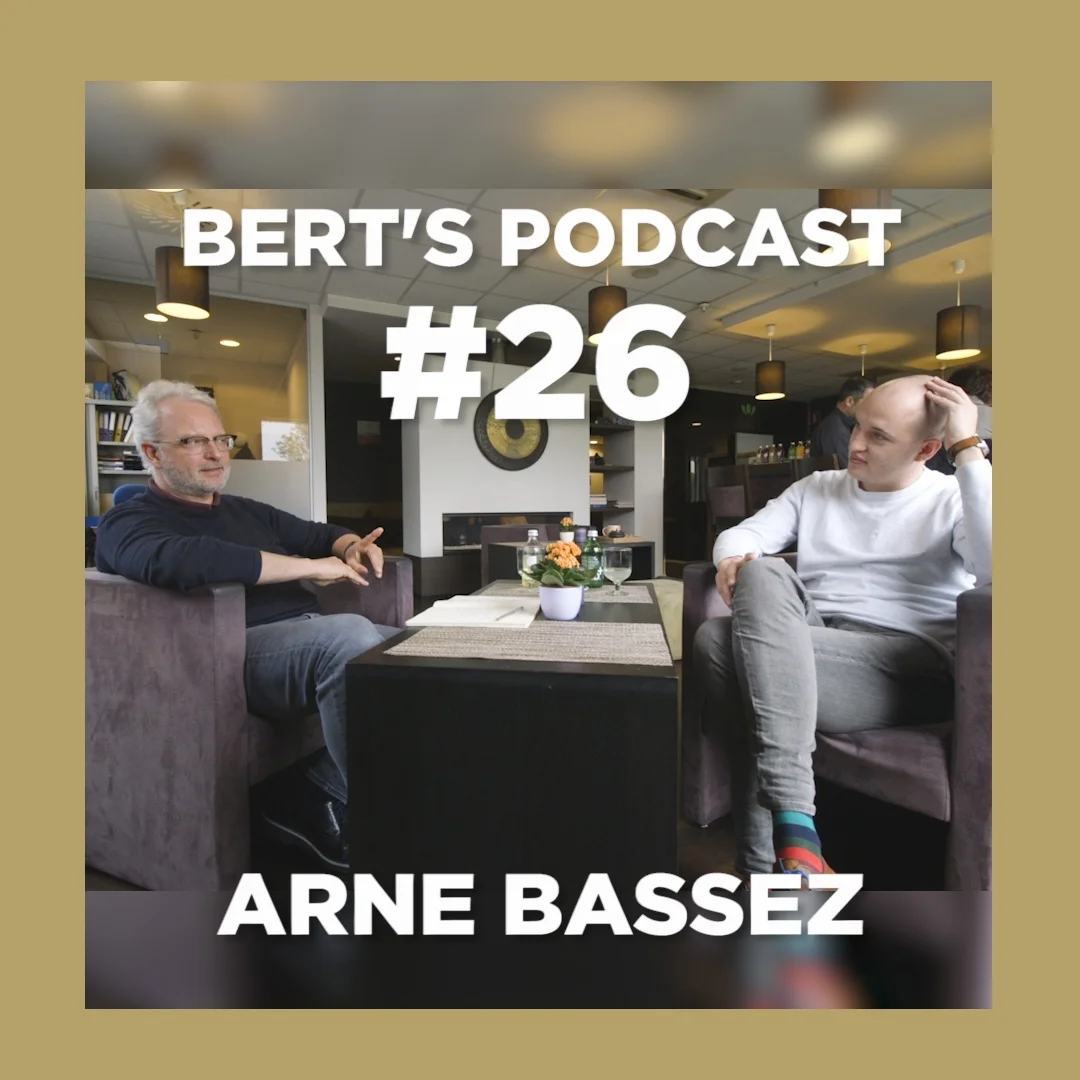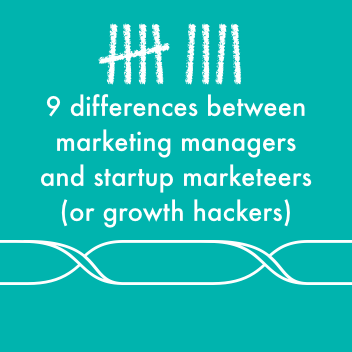- It takes quite an effort to publish 40 tweets in about 3 days, but it's more the logistics of publishing them that was a drag (copy, paste, shorten message, shorten URL, get in the correct hash tags).
- On the other hand, findin inspiration was not so difficult. Although today (day before Christmas) the constant flow of content online seriously slowed down.
- I took pride in making all (well most) tweets relevant. Either by putting out a message or linking to an interesting online item. However, this is not a guarantee for a lot of reactions or retweets. Hence this tweet I sent out this morning:
Nihilism is the ultimate social media conversation magnet (hier net te plaatse in team bedacht) #36 #itweetforlife
ibert Bert Van Wassenhove
(*) Square Melon ... What will they think of next #hetwaswelmoeilijk #itweetforlife #mfl10 @guidooohh en de rest: Fijne Feesten Gewenst!
ibert Bert Van Wassenhove
guidooohh guido everaert
@ibert ok, ok, i av lost... Dokken dus...#itweetforlife #mfl10
ibert Bert Van Wassenhove
ibert Bert Van Wassenhove
My Pummelvision video is ready, enjoy my life in Facebook foto's http://ht.ly/3u4sL
#37 #itweetforlife
ibert Bert Van Wassenhove
Nihilism is the ultimate social media conversation magnet (hier net te plaatse in team
bedacht) #36 #itweetforlife
ibert Bert Van Wassenhove
ibert Bert Van Wassenhove
ibert Bert Van Wassenhove
ibert Bert Van Wassenhove
ibert Bert Van Wassenhove
ibert Bert Van Wassenhove
ibert Bert Van Wassenhove
ibert Bert Van Wassenhove
ibert Bert Van Wassenhove
ibert Bert Van Wassenhove
ibert Bert Van Wassenhove
ibert Bert Van Wassenhove
Oudenaarde > Antwerpen - 75km - 1uur what's the
problem? #23 #itweetforlife
ibert Bert Van Wassenhove
Het heeft nauwelijks gesneeuwd in O-VL, je kan gerust de baan op. Snap niet waarom De
Lijn daar problemen heeft #22 #itweetforlife #radio1
guidooohh guido everaert
@VLRik mocht het daar stoppen, ik zou hem nog vriend kunnen noemen #goresmeerlapperij
#itweetforlife // cc @ibert
guidooohh guido everaert
@ibert platte chantage kan eigenlijk ook hè... ik zou dingen kunnen vertellen over je, die
misschien wel 50 euro waard zijn #itweetforlife
ibert Bert Van Wassenhove
ibert Bert Van Wassenhove
ibert Bert Van Wassenhove
ibert Bert Van Wassenhove
Unconventional rules of post-digital marketing: don't share & encourage, incentivize &
convert #18 #itweetforlife
ibert Bert Van Wassenhove
Unconventional rules of post-digital marketing: don't just use the complete web, there's life
in the real world too #17 #itweetforlife
ibert Bert Van Wassenhove
Unconventional rules of post-digital marketing: don't make it easy, make it worthwhile #16 #itweetforlife
ibert Bert Van Wassenhove
Unconventional rules of post-digital marketing: don't stay in conversation at all cost, shut
up if not relevant #15 #itweetforlife
ibert Bert Van Wassenhove
Unconventional rules of post-digital marketing: don't offer tools, add value #14 #itweetforlife
ibert Bert Van Wassenhove
ibert Bert Van Wassenhove
guidooohh guido everaert
Beste mensen vraag @ibert nu eens hoe dat zit met Amphion en
ontlok hem het woord... Iets met square en lemon #itweetforlife
ibert Bert Van Wassenhove
We gaan eens een tweet demarrageke inzetten, wat geld uit @guidooohh
zijn zakken slaan voor #mfl10 #itweetforlife #11
ibert Bert Van Wassenhove
Betaalt 1,5 EUR toeristenbelasting en vraagt zich af wat ik daarvoor krijg van
"A" #itweetforlife #10
ibert Bert Van Wassenhove
#9 Think I'm a Pussycat Doll fan, do you
ibert Bert Van Wassenhove
ibert Bert Van Wassenhove
#7 Is a bed in the Hilton big enough for me and my ego? #partytonight #itweetforlife #MFL10
ibert Bert Van Wassenhove
ibert Bert Van Wassenhove
ibert Bert Van Wassenhove
ibert Bert Van Wassenhove
guidooohh guido everaert
@ibert zijt ge daar alleen of zijn er nog snaken van 't bedrijf? #3 #itweetforlife
ibert Bert Van Wassenhove
guidooohh guido everaert
@rik_lagey help mij,'t is hard tegen hard...hij mag niet meer vierkante citroen in
zijn tweets vermelden @ibert #itweetforlife #MFL10
guidooohh guido everaert
ibert Bert Van Wassenhove
#2 Follow the WikiLeaks river of news (tx Dave Winer) http://bit.ly/ev52U0
#itweetforlife #MFL10
ibert Bert Van Wassenhove
#1 Zal ik eens beginnen met de trends van 2011, in't Nederlands #itweetforlife #MFL10



















